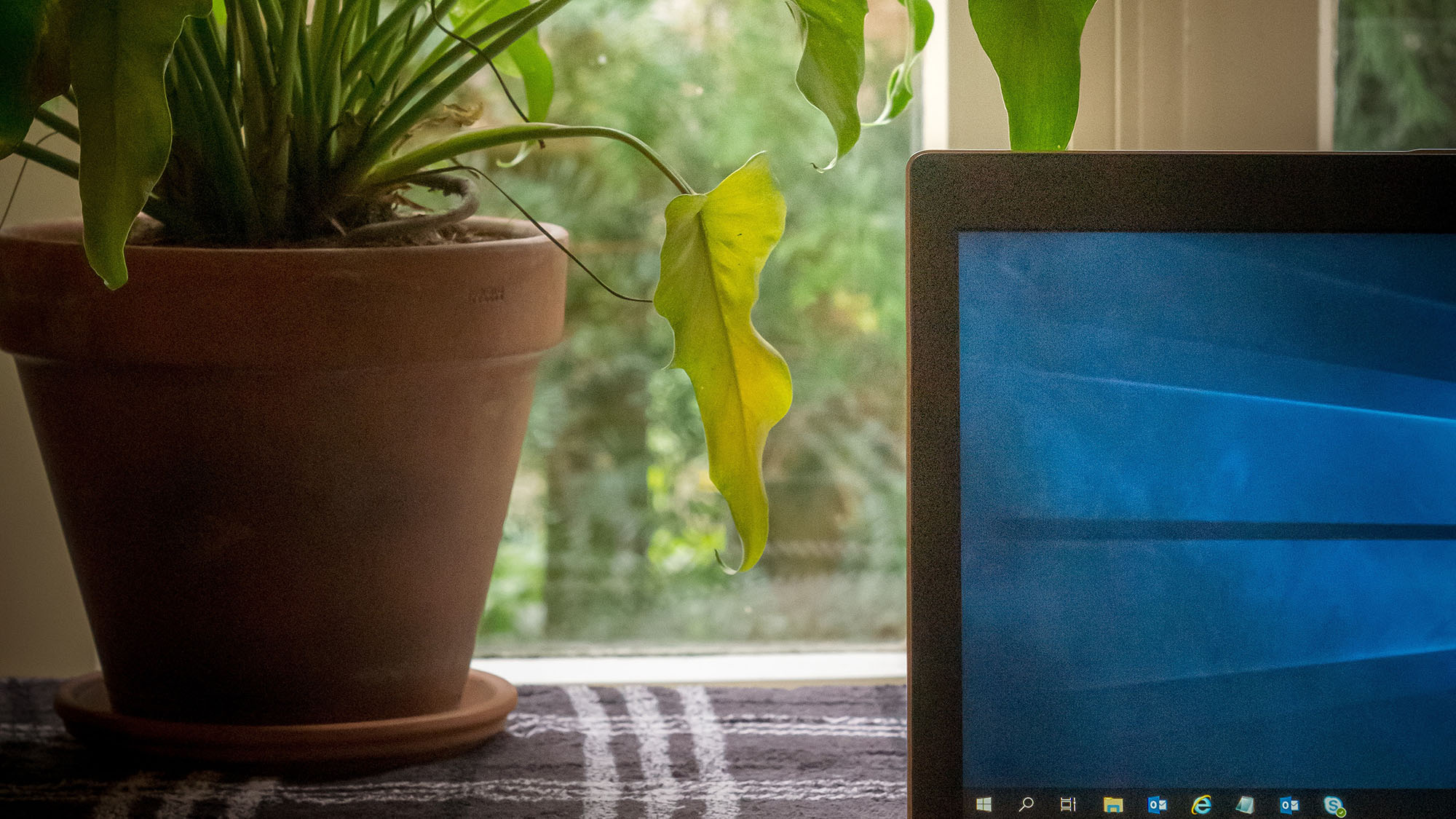You’re using a reusable cup everywhere. You’ve switched your house to an energy provider that uses 100% renewable sources. You sold the car and get around by bike or public transportation. You followed our tips for going greener. Heck, you might even have web hosting that plants trees for you.
But what about your work?
What’s sustainable about what you’re making?
Here are five ways you can help make the world a little more sustainable even while developing the next big thing.
Build in the energy-saving option
How much energy does it take to load up your app? Have you put in large images and videos? How many additional scripts are you adding in? What about your fonts? How long does it take for your site to load?
The longer it takes your site to load, the more energy it uses. And if someone is in a hurry, doesn’t have much battery life, or has limited data, they’re not going to wait around for your site to load, especially if it has vital information. When you have the option of a lower-energy version, take it. Brian Louis Ramirez has some great ideas in his article “Green by Default”, and we have five easy tips in “Improve your website speed and help save the earth”.
Clear out your emails
Did you know that, on average, everyone receives the equivalent of 136kg of CO2 every year, just in their inbox? And that’s just the sending and receiving of emails, it doesn’t even include the energy involved in storing them year after year, letting them stagnate in various folders, taking up valuable server space. Add in attachments, and you’re looking at some serious carbon emissions just hiding out in your mailbox.
You don’t have to achieve “Inbox = 0”. You just need to think about what you’re sending and what you’re keeping. Clear out old newsletters, dispatch and renewal notifications, spam emails, anything that isn’t vitally important to you. Maybe don’t reply with “Thank you” to that giant email chain. Vidya Kasarla has some more tips in her Climate Conscious article “What’s the Carbon Cost of Your Email on the Climate”.
Turn off what you’re not using
This isn’t just about making sure you’ve switched off your monitors at the wall and turning off the lights when you leave the room, although that is important. This is about anything you thought you were going to use, but aren’t. Do you have a server running somewhere that is just idling? A couple of WordPress plugins taking up valuable space and processing time? Or even a random PDF that you put up in a temporary directory just to make it easy for someone else to download?
Switching things off not only helps cut down on the energy used, it can also help save you money. While there are plenty of articles focusing on the money wasted on inactive servers and instances, Holly Cummins’ talk “How to work in tech and not wreck the planet” is a fantastic introduction to how good server management can help keep everything greener.
Look at your providers
How sustainable are the products you use? What’s the green policy for your supplier? Have they been involved in anything you’re uncomfortable with? Where is your money going?
One of the key factors to look at when purchasing is: “Is this a company I’d be happy to keep doing business with?” And whether it’s supplying immigration enforcement with servers, ruining astronomers’ research with satellites, or not paying as much tax as they’re supposed to, you need to decide if you’re happy with what the business is doing.
Promote sustainability
Even after you’ve made sure your code is clean and energy-efficient, you’ve cut down on all your emails, you’ve turned off all your unnecessary servers, and you’ve double-checked your companies, there’s still more to do.
One person can’t do everything when it comes to saving the planet — we have to work together to make a real change. Groups like Climate Action Tech, Design Justice Network, and Green Software Engineering are working to build a more sustainable tech industry, and they need you to join them. Find a local group, talk to other developers, or commit to green practices in your workplace, and get the word out.
Where do I start?
Many of the links above were pulled together from a fantastic thread on Twitter by Hannah Smith, who was looking for resources for a Green Web Syllabus. From tutorials to manifestos to talks, there is so much to dig into there to really help.
And if you know of any other resources, why not let us know on Twitter, Facebook, or LinkedIn?


